Top Strategies for Dominating Turf Wars in Splatoon 2
Winning turf wars in Splatoon 2 is more than just a matter of covering ground with ink. Here, let’s delve into top strategies that can turn the tide of battle, making your team unstoppable in this vibrant showdown of splats.
Understanding the Basics of Turf War Dynamics
In Splatoon 2, the primary goal of Turf War is to cover as much ground as possible with your team’s ink color. Every inch counts, making strategy and teamwork essential. Success in Turf War requires understanding not only the geography of the map but also the pacing of the match. Turf War is typically played on a three-minute timer, making it vital to manage your efforts throughout the game. Early aggression can create an opening but maintaining control and countering opposing strategies are the heart of succeeding in Turf Wars.
Choosing the Right Weapons
Weapon choice is crucial. Each weapon in Splatoon 2 has its strengths and weaknesses, and knowing which to use can make a significant difference. Broadly, weapons can be divided into shooters, rollers, chargers, dualies, sloshers, and splatlings. Each comes with its range, rate of fire, and special abilities. For those who prefer close combat, rollers can be effective in covering large ground surface quickly but leave you vulnerable to enemy fire. Long-range fighters might find chargers ideal for picking off enemies from strategic high points.
Map knowledge plays a huge role in choosing a weapon. On maps with multiple levels and long sightlines such as Moray Towers, chargers like the Splatterscope give you the upper hand. In contrast, tighter maps may benefit from short-range but rapid-fire options like the Aerospray MG. Beyond individual preference, ensuring your team has a well-rounded arsenal can create versatility and adaptability mid-battle.
Movement and Map Control
Mastering movement is at the core of turf wars. Advanced mobility skills, such as swimming swiftly through your ink, dodging using dualies, or creating a path with rollers, can help in both offensive pushes and strategic retreats. Map control isn’t limited to ground coverage; it’s about controlling key areas of the map like choke points and high vantage areas. For example, using the height advantage grants better visibility and makes it easier to splat opponents without getting noticed.
Squid form allows players to move faster and refill ink tanks but leaves them vulnerable to enemy attacks. Utilize cover and constantly be on the move to remain unpredictable. Ink trails you leave behind signal your path, potentially giving away your position. However, savvy players can use this to their advantage, setting ambushes where foes least expect. Dominating turf is not only about quantity but also about quality—always position yourself to disrupt enemies’ plans while conserving ink for strategic movements and attacks.
Effective Use of Specials and Sub-Weapons
Alongside main weapons, each player has sub-weapons and special abilities that can significantly affect the battle if timed correctly. Sub-weapons like Splat Bombs or Toxic Mist can be used to deny areas to your enemies, forcing them to relocate or leave themselves open. On the other hand, special weapons, available after charging through inking turf, can turn the tide. Knowing when to unleash a Tenta Missiles barrage or place a Baller in the enemy zone can create opportunities for your team to push into advantageous positions or recover lost ground.
Efficient use of special weapons requires a full understanding of their effects and how they interact with both your team’s strategy and the enemy’s actions. For instance, Sting Ray penetrates walls and can be aimed across the map, ideal for targeting foes camping in protected areas. Coordinate with teammates to maximize these effects, ensuring pushes are met with proper support and the enemy’s advancement is stifled.
Team Coordination and Communication
Success in Turf War leans heavily on teamwork. Many battles are won through effective communication and coordination. High-level players often use voice chat features or external apps to keep in constant contact, relaying information about enemy positions, strategy changes, or critical moments in the game. Understanding each teammate’s role and sticking to it allows for maximized ink coverage and efficient defensive or offensive plays. A team with a clear plan can seamlessly rotate between covering turf and eliminating threats.
Furthermore, maintaining situational awareness is essential. This includes noticing enemy patterns, tracking which areas are less covered, and identifying who among the opponents may be holding them back. A proactive team can strategize to capitalize on the enemy’s weaknesses, transitioning quickly between defense and attack, or distributing roles to adapt to mid-game shifts. During the final pivotal moments of a match, synchronized efforts often dictate whether you’ll rewrite the map in your ink or face defeat.
Adaptation and Strategy Refinement
No two matches are alike in Splatoon 2. As such, adaptability is a valuable trait. Stay flexible enough to shift strategies based on the flow of the match. If an opponent demonstrates dominance, dissect what they’re doing right, and counter it. Reflecting on past games can be incredibly beneficial as it enables players to refine their playstyle, adapting to varying team compositions and enemy tactics.
In addition, be mindful of the map rotation schedule. Each map has unique features that require different approaches; familiarize yourself with these rotations to strategize effectively in advance. Keep an eye on new updates and changes within the game, such as weapon adjustments or map modifications, as these can impact strategy viability. The most successful players are those who learn not only from victories but from losses, turning every match into a training opportunity.
Psychological Warfare and Pressure Application
Psychological factors play an understated yet powerful role. The intimidation factor of a well-timed push or an unexpected defensive stand can have opponents second-guessing themselves, affecting their performance. Apply pressure by frequently engaging the opponent. Assertive plays at the right time can cause panic, leading enemies to make mistakes under duress. Boldness combined with tactical aggression can carve out essential map control, constricting the options and movements of the adversaries.
Counter with calculated calmness; often feigned retreats or bait-and-switch maneuvers lure opponents into traps. Here, resilience and perseverance feature prominently—never underestimate their potential to dismantle even a coordinated enemy front. Maintain this edge by emphasizing assertive, confident gameplay, creating doubt and hesitation in opponents’ ranks.
Analyzing Team Composition and Adjusting Playstyle
Understanding and maximizing your team’s composition in Turf War enhances your chances of victory. Balancing offensive firepower with defensive capabilities allows for a comprehensive approach to battle. Ensure mixture among roles, such as inkers, attackers, and disruptors. Each role has a purpose—inkers focus on turf coverage, attackers target enemies, and disruptors break enemy formations and plans.
If assigned an inker role, prioritize covering the ground over vanquishing foes. Attackers, conversely, should focus on eliminating threats, using a combination of main and sub-weapons. Disruptors serve to interrupt enemy pushes, with the versatility to back up inkers or attackers as needed, often through tactical special or sub-weapon use.
Over time, prioritize versatility, allowing role swaps as battle demands shift. Having multi-talented players adept in switching roles creates depth in strategy, offsetting potential weaknesses or exploiting unexpected windows of opportunity. Keep adapting playstyle in tune with the team’s arsenal and opponents’ tactics.
Leveraging Environmental Elements
Splatoon 2 maps are filled with unique environmental elements like sponges, ink rails, and moving platforms. These are not mere props, but strategic assets. Understanding how these components work and using them effectively can dramatically enhance territorial control and player survivability. Utilize ink rails for quick traversal and to surprise enemies. Sponges and walls can provide cover or obscure vision, offering tactical retreats or stealthy ambush opportunities.
Observe how these elements interact with opponents; for instance, they may provide a false sense of safety. Exploit this by anticipating enemy patterns around these objects, and counter their attempts to use them against your team. In maps with dynamic elements, expect variability and prepare for them by practicing movement across these devices. Efficiency and knowledge of environmental mechanics frequently translate into tactical superiority. Employing such spatial awareness balances raw offensive strategies with intelligent field control maneuvers.
Resource Management and Timing
In the relentless pace of Turf War, effective resource management holds the key to sustaining pressure without premature exhaustion. Keeping an eye on the ink tank gauge is paramount, as poorly-timed reloads can leave you vulnerable. This awareness extends to ammunition discipline—spamming ink without purpose can deplete resources crucial for key moments. Burst-fire techniques often conserve ink while maintaining combat effectiveness.
Utilizing downtime for ink regeneration, such as during lulls in enemy engagement or shortly after using specials, ensures readiness for upcoming challenges. Meanwhile, timing engages the essence of carefully planned maneuvers. Pacing attacks ensures that pressure remains relentless but sustain over the entire match duration; likewise, well-timed deployments of specials can be match-defining, particularly in closing minutes of the turf war. Proper rhythm balances both proactive and reactive strategies, creating a dependable yet unpredictable combat flow.
With these comprehensive strategies in place, Turf Wars transform from chaotic ink-splattering bouts into calculated, dynamic contests of strategy, skill, and teamwork.
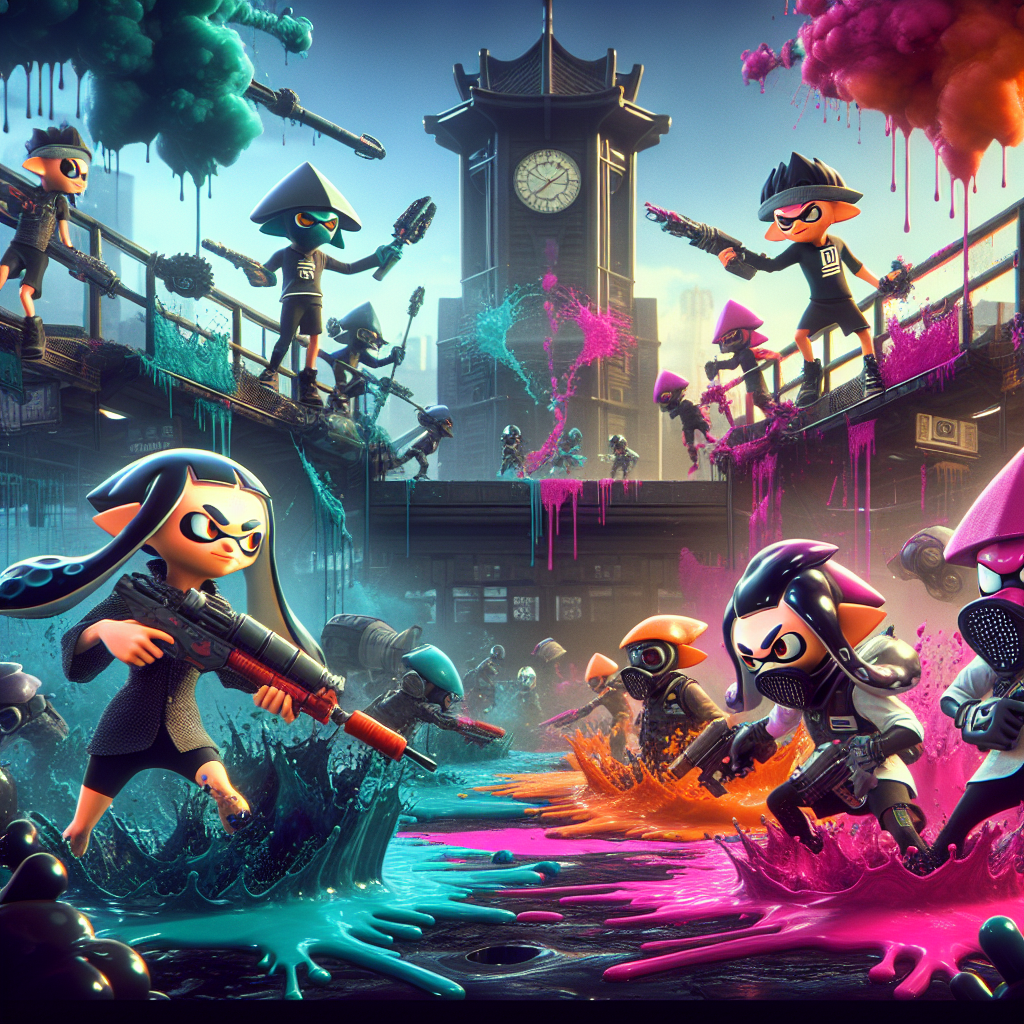


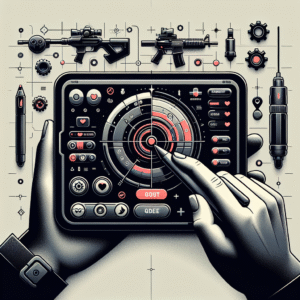




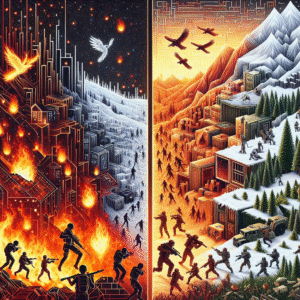
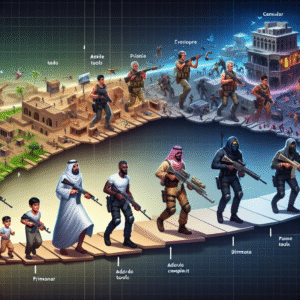
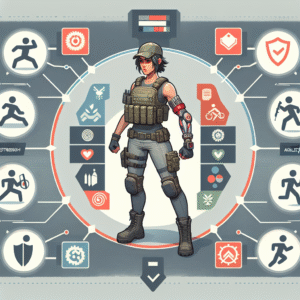

Post Comment